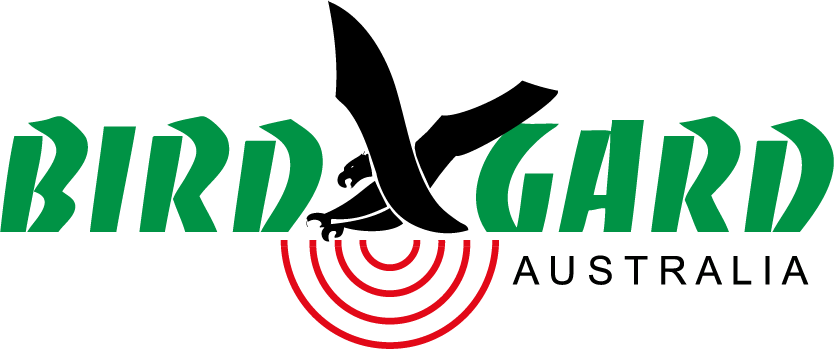Your cart is currently empty!

Crows Control
There are 5 main Crow species which can be a problem for Australian farmers:
- Australian Raven (Qld, NSW, VIC, S.A, W.A)
- Torresian Crow (north half of Australia)
- Little Raven (NSW, VIC, S.A)
- Little Crow (S.A)
- Forest Raven (mainly TAS)
The main culprit, the Australian Raven (Corvus coronoides) is the most widespread. All species are basically similar in appearance (to the average person) and we will concentrate on the Australian Raven here. (The other species can be treated similarly as far as control methods are concerned). We will use the term “crow” as it’s the most common term used in Australia, even though in most cases it’s technically incorrect.
Crows have benefited much by man due to increased carrion (sheep, cattle) and more watering places. Now with the growing horticultural and viticultural industries, they are being given another boost.
Crows don’t breed until they’re at least 3 years old. More than half of all crows die in the first year. After that, mortality is much lower (e.g in closely settled areas like Canberra district, it’s about 23% and on large inland stations only 15%).
Crows are omnivorous and very opportunistic. They are also very intelligent and learn quickly. They are equally at home in the City or on the farm.
Big flocks of juveniles may gather at the end of summer (when crops are ripening) and cause significant damage to some crops.
Crows are very sensitive to what’s going on around them. Any new sights and sounds are of great interest to them.
Using a constant irritating harassment sound (and in small doses their own alarm / alert call) crows can be kept out of crops. They like to have a lookout perch overlooking the crop to make sure it’s safe to enter. Where practical it is very beneficial to target this site with sound – deny them a launch pad.

Leave a Reply